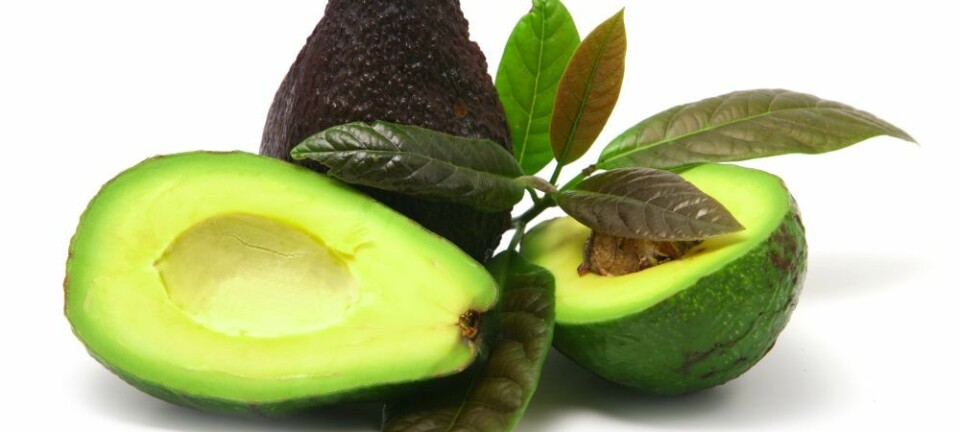This article was produced and financed by Nofima The Norwegian Institute of Food, Fisheries and Aquaculture Research

Inhibiting bacteria growth in sushi
Traditional acidic sushi rice and fresh wasabi inhibit the growth of bacteria in sushi. This improves the quality and gives longer shelf life for sushi dishes and is valuable information for consumers and producers.
Denne artikkelen er over ti år gammel og kan inneholde utdatert informasjon.
The consumption of raw fish entails some new challenges compared to the traditional preparation of fish, something that both producers and consumers should be aware of.
Cases of salmonella and listeria infection which have been linked to sushi have occurred both in Norway and other countries. But health risks are minimised with good routines during food preparation, good storage of the food and the use of good raw materials.
Sushi on rice - less bacteria growth
Scientists from the food research institute Nofima have studied the quality and shelf life of sushi products. They have focused on bacteria that may reduce the quality of the fish and bacteria that potentially pose a health risk.
An experiment was carried out to show what happens when listeria bacteria are added to pieces of nigiri sushi - small rice balls topped with fish. Pieces of raw salmon and halibut were infected with the bacteria.

The scientists also conducted the experiment on pieces of fish without rice. The samples were then stored for a period of seven days at temperatures of 4 °C and 8 °C – a temperature range that is relevant to both retail sale and storage in a refrigerator at home.
The result demonstrated that the fish on the acidic rice contained much fewer listeria bacteria than the pieces of fish without rice.
“The vinegar is God’s gift to sushi producers. The acidic rice inhibits the growth of bacteria. It has a good effect when the fish is exposed to warm temperatures, for instance when the pieces of sushi are kept in a warm room for a while,” says Nofima Scientist Hilde Herland, and adds that storage in warm temperatures must be avoided.
The tests showed that there were significantly more bacteria in the fish that was stored at eight degrees than the fish stored at four degrees, which indicates that the temperature during storage also plays an important role.
Degree of acidity
In a separate experiment, the scientists studied whether the degree of acidity in the rice led to a change in the degree of acidity in the pieces of fish. The scientists studied both nigiri sushi and maki sushi, rolls of rice and fish packed in dried nori (edible seaweed).
These results showed that the pH value (acidity) in the pieces of fish that were in contact with rice fell somewhat over time. The largest fall occurred in the fish that had the most contact with rice.
“It appears that the low pH value in the rice also leads to a lower pH value in the fish. This may explain why the bacteria are less able to survive in the pieces of fish,” says Herland.
Wasabi and fish
The scientists have also studied what occurs when fresh wasabi and wasabi paste are added to samples of halibut. Wasabi - also known as Japanese horseradish - is a plant used as a condiment that is known for its extremely strong flavour.
In the samples containing fresh wasabi, the scientists observed a 50 percent reduction of bacteria growth after storage for a five-day period at a temperature of 12 °C. The samples containing wasabi paste also had somewhat less bacteria, but this was not as clear as when fresh wasabi was used.
“The results confirm that fresh wasabi has a bactericidal effect. But this effect is limited when wasabi is used in sushi that is eaten a short time after production,” says Herland.
“But it can still be of significance in sushi products that are produced some time before they are eaten, as is the case with ready-made sushi which is now becoming more and more common in supermarkets."
































